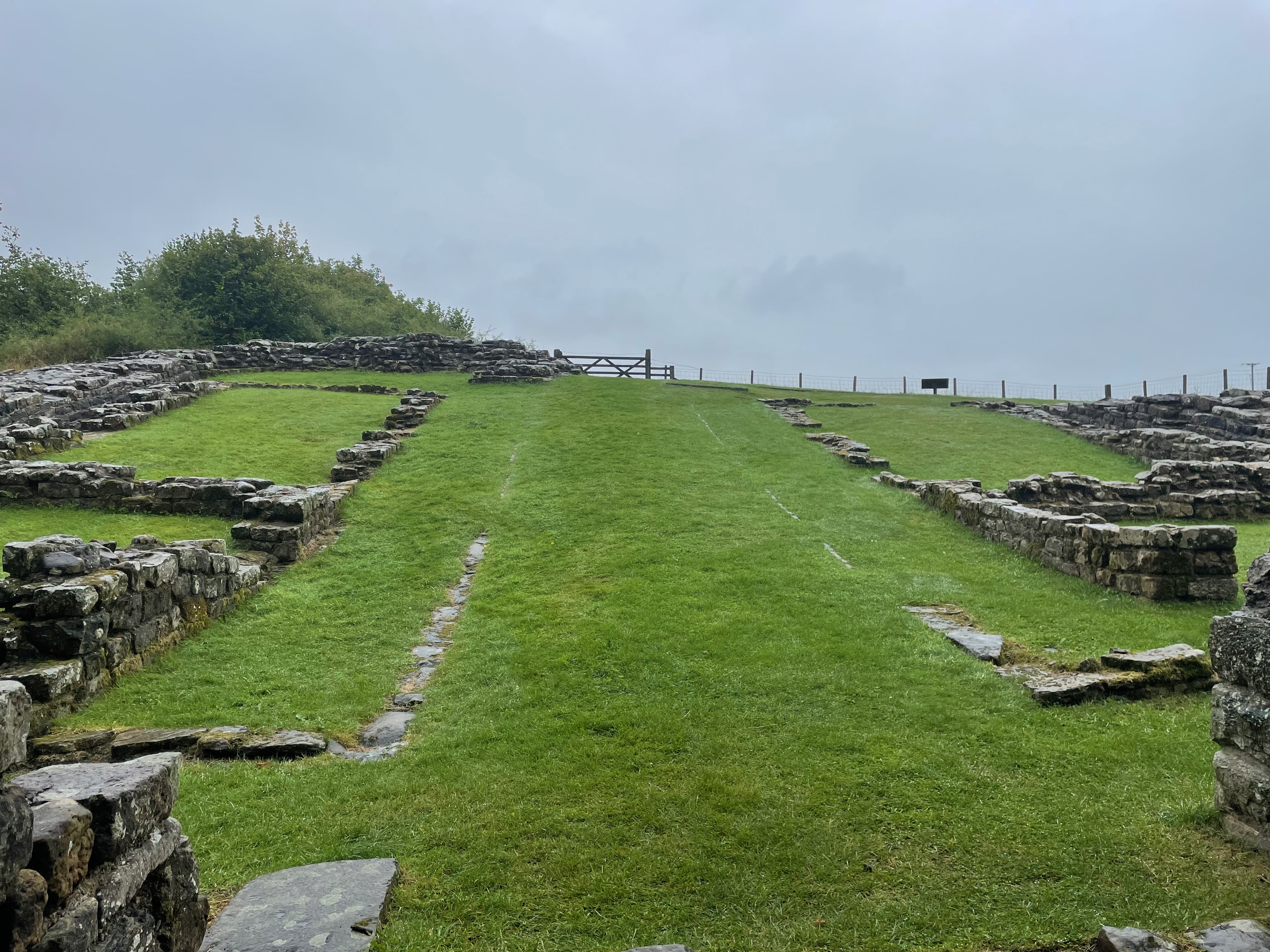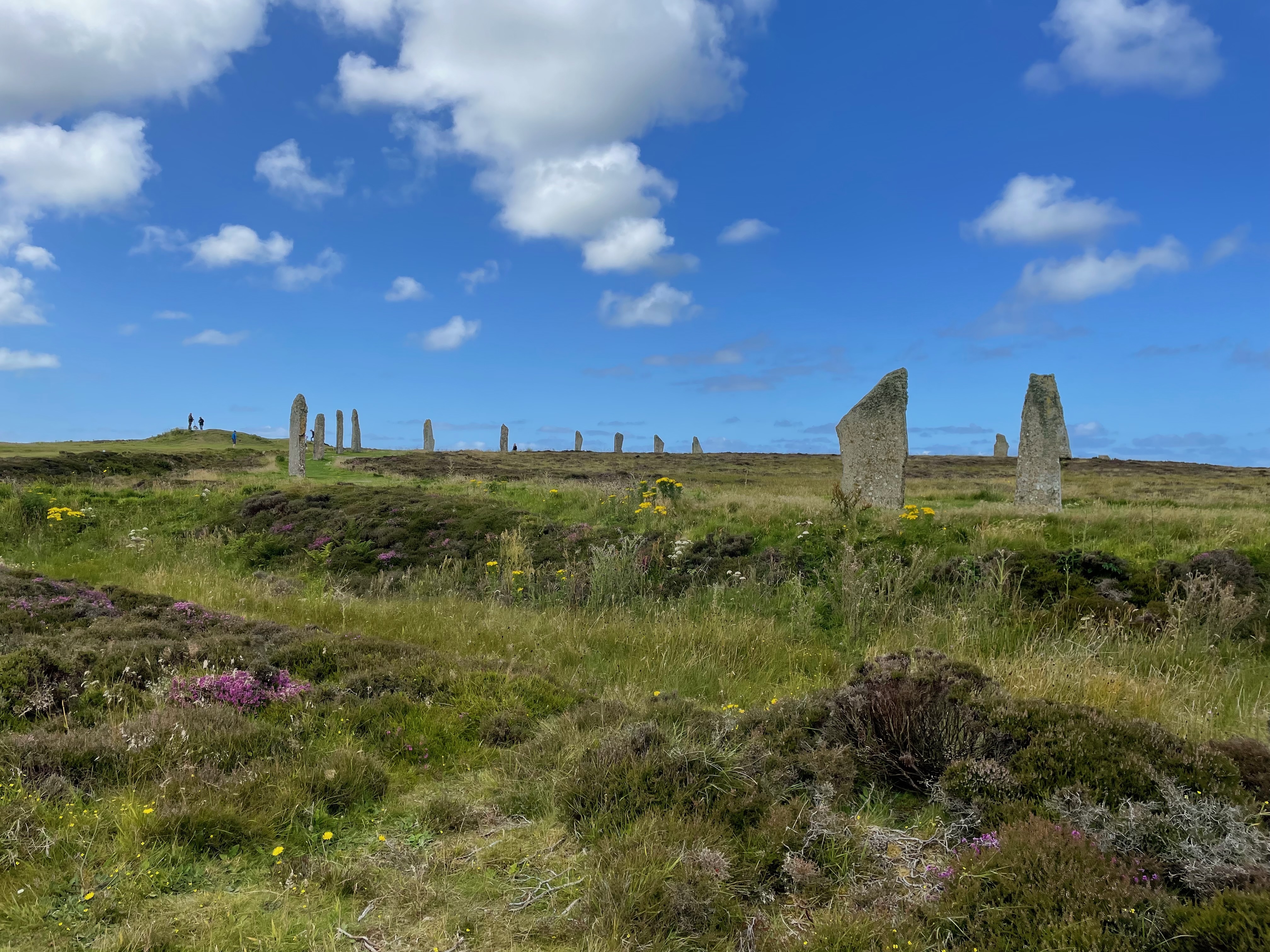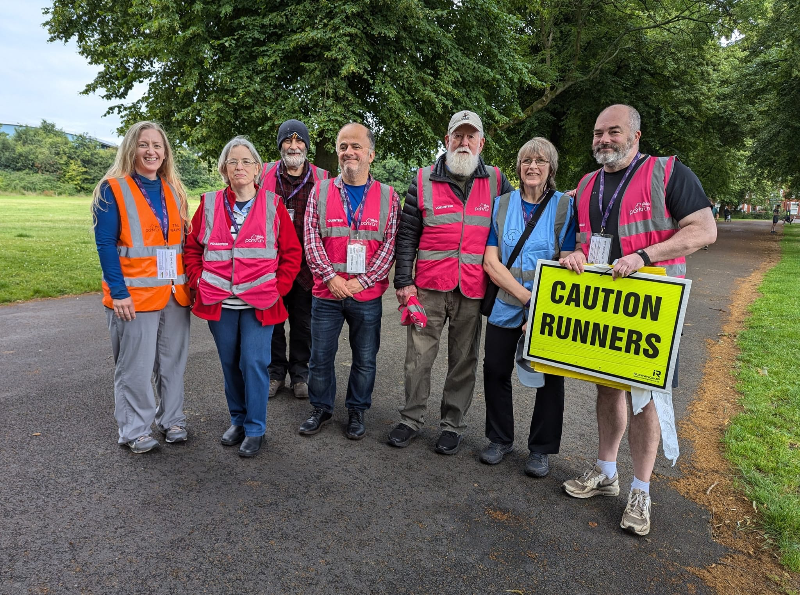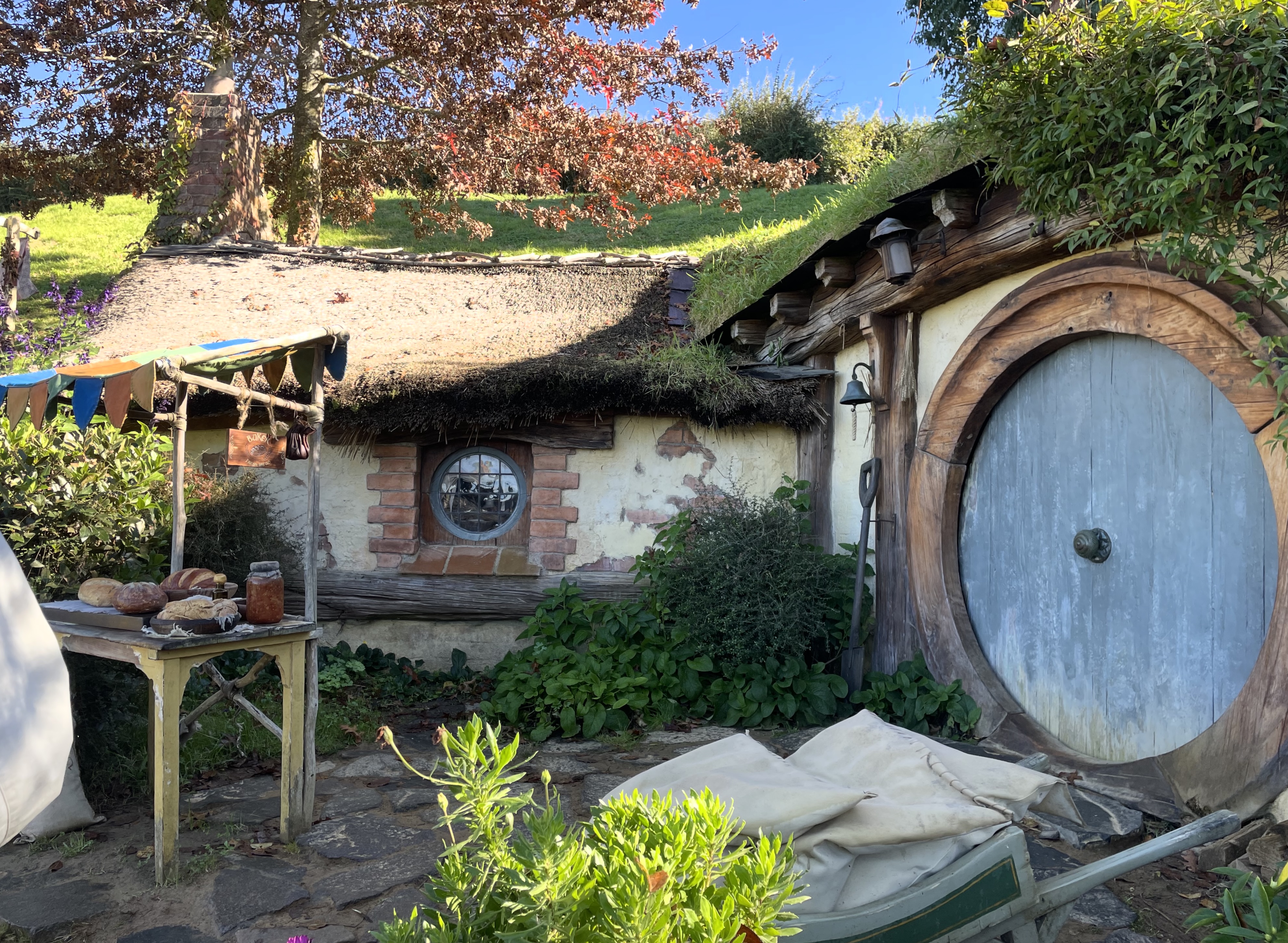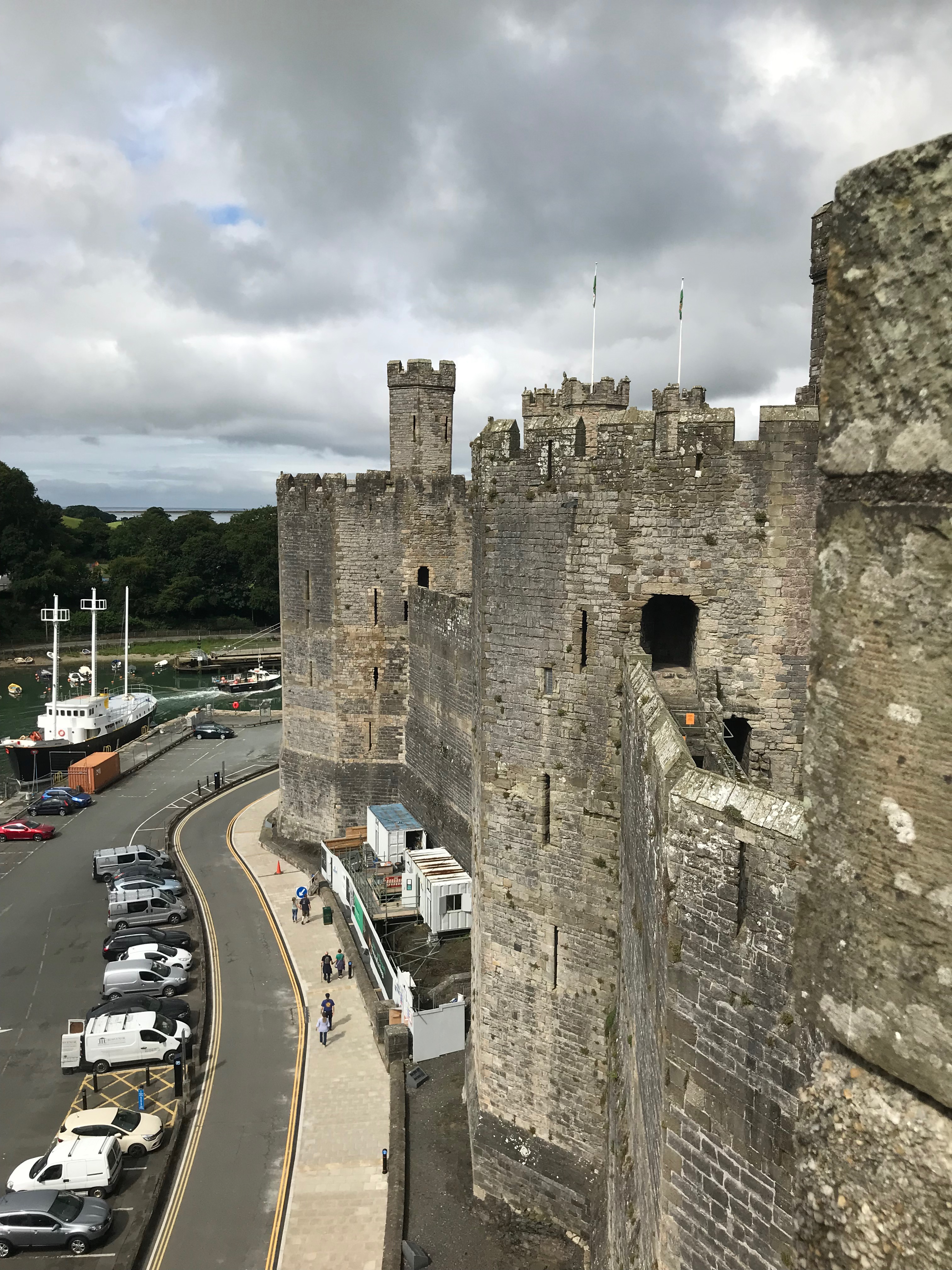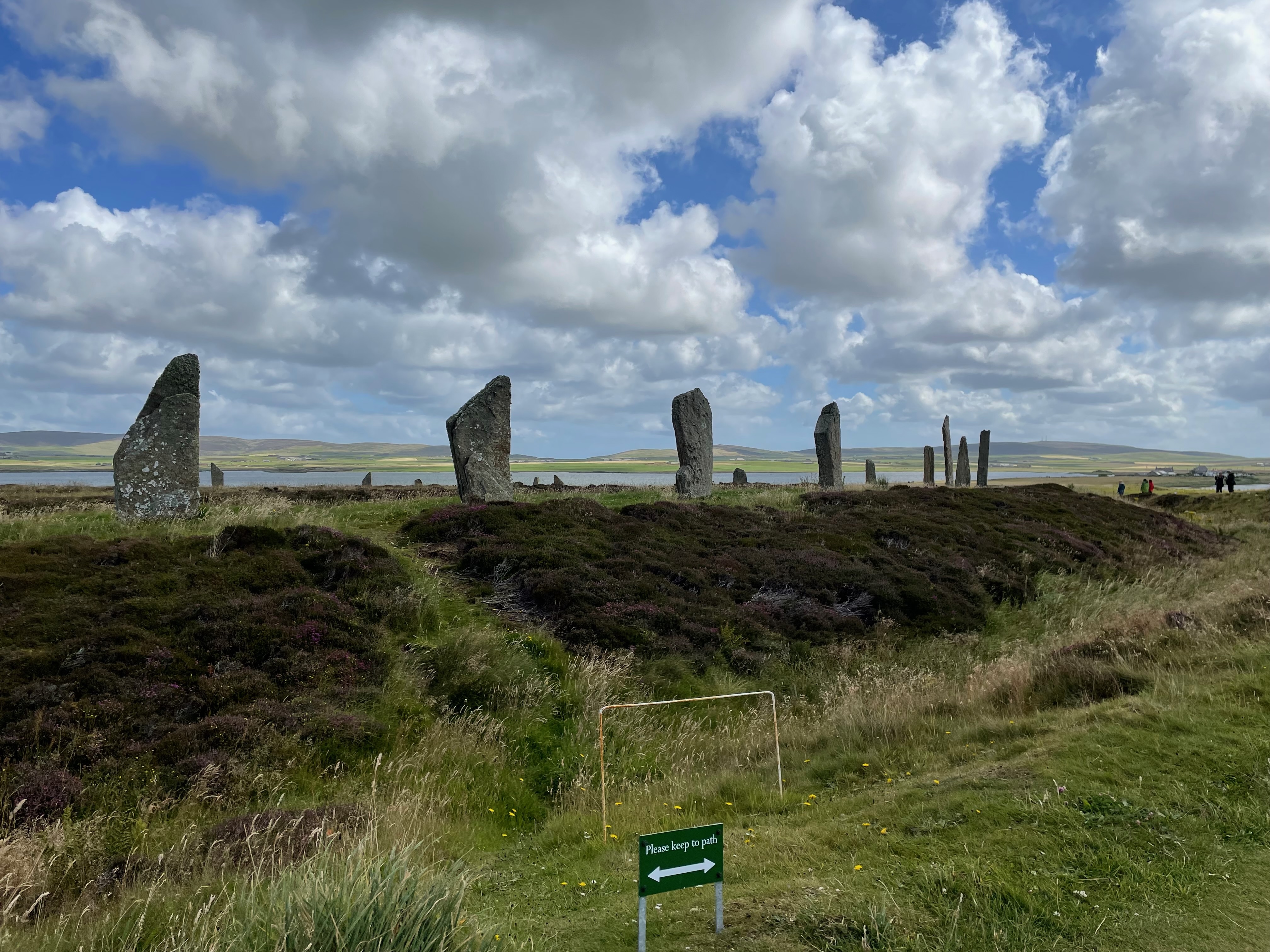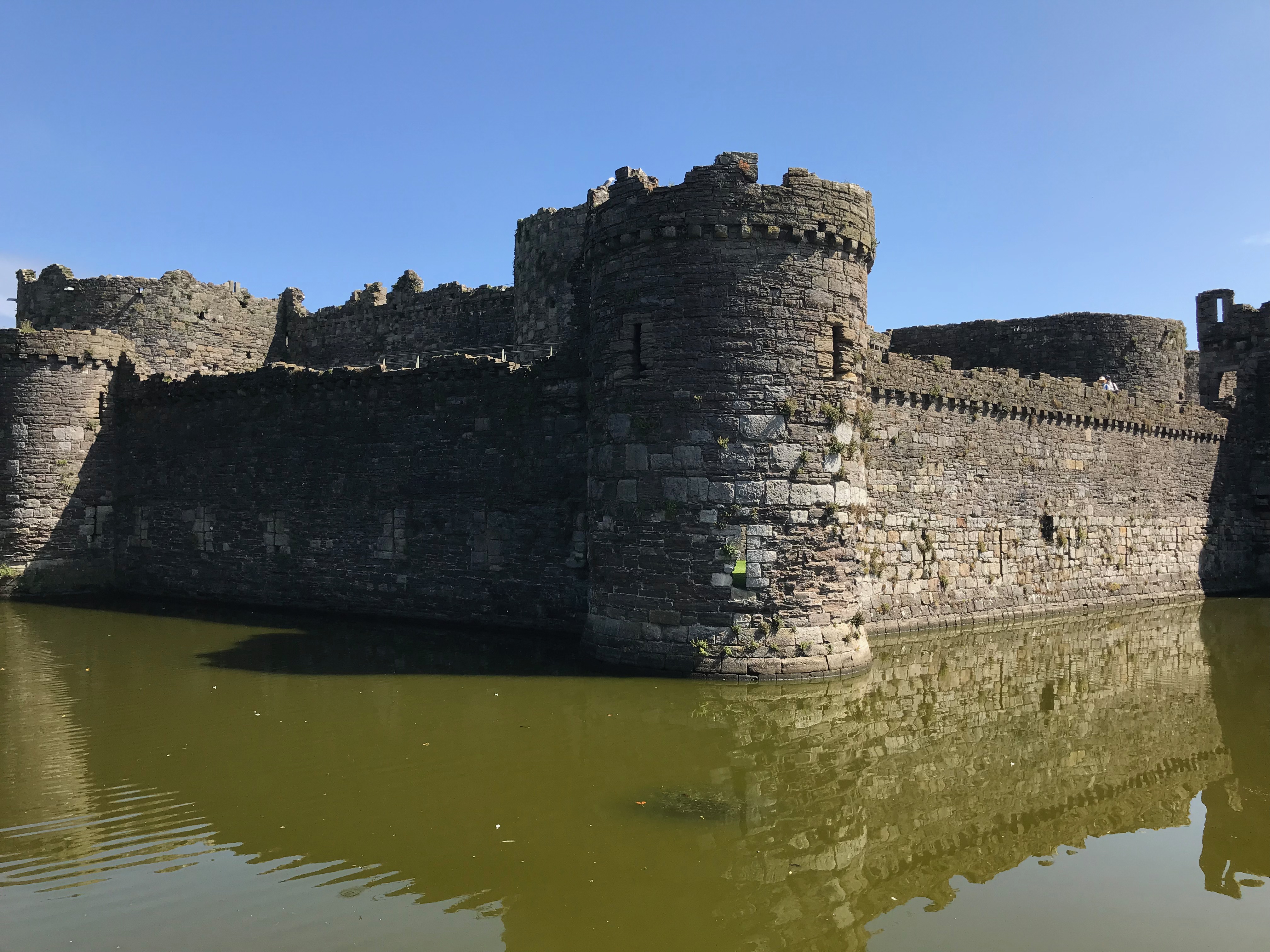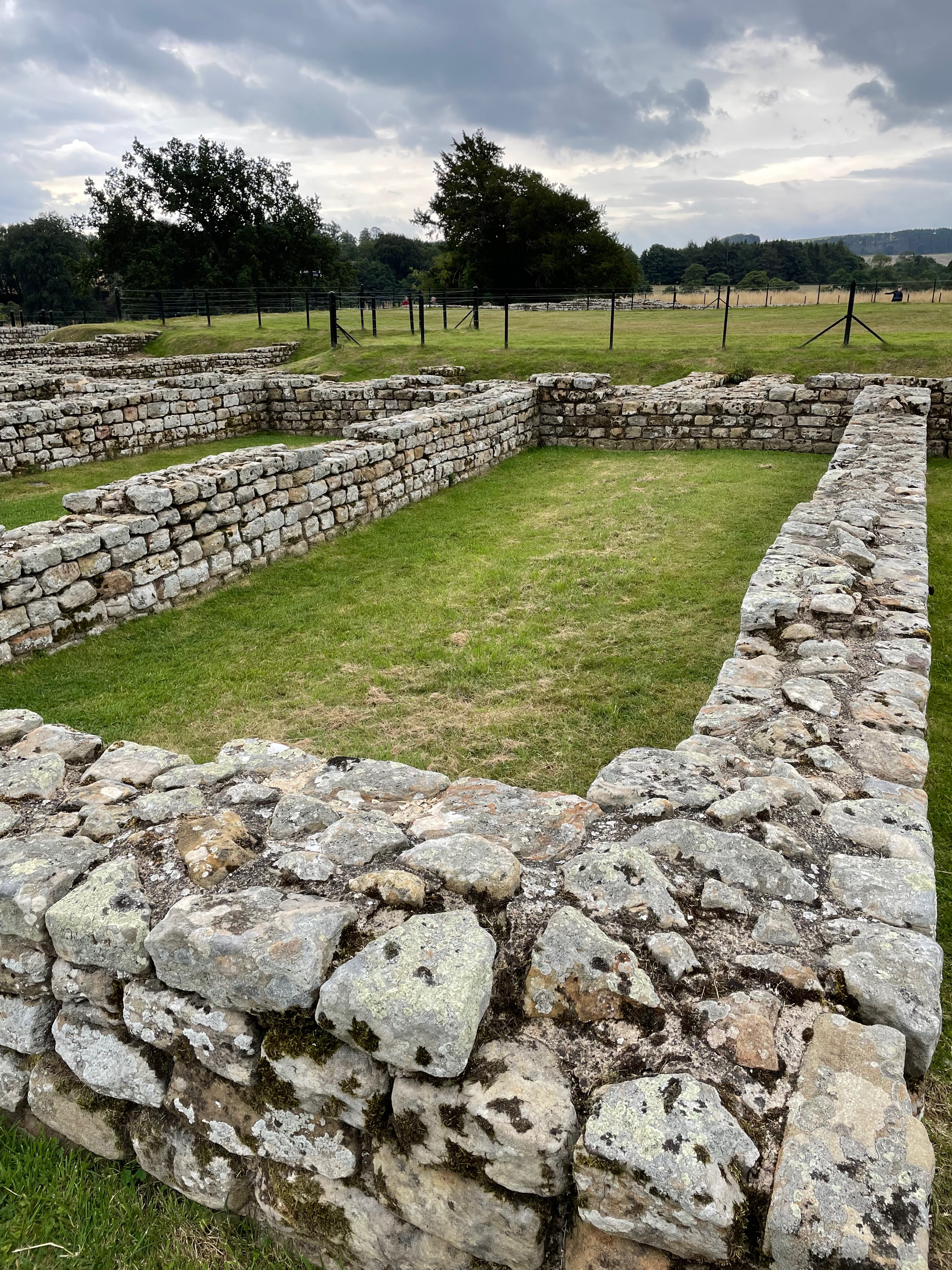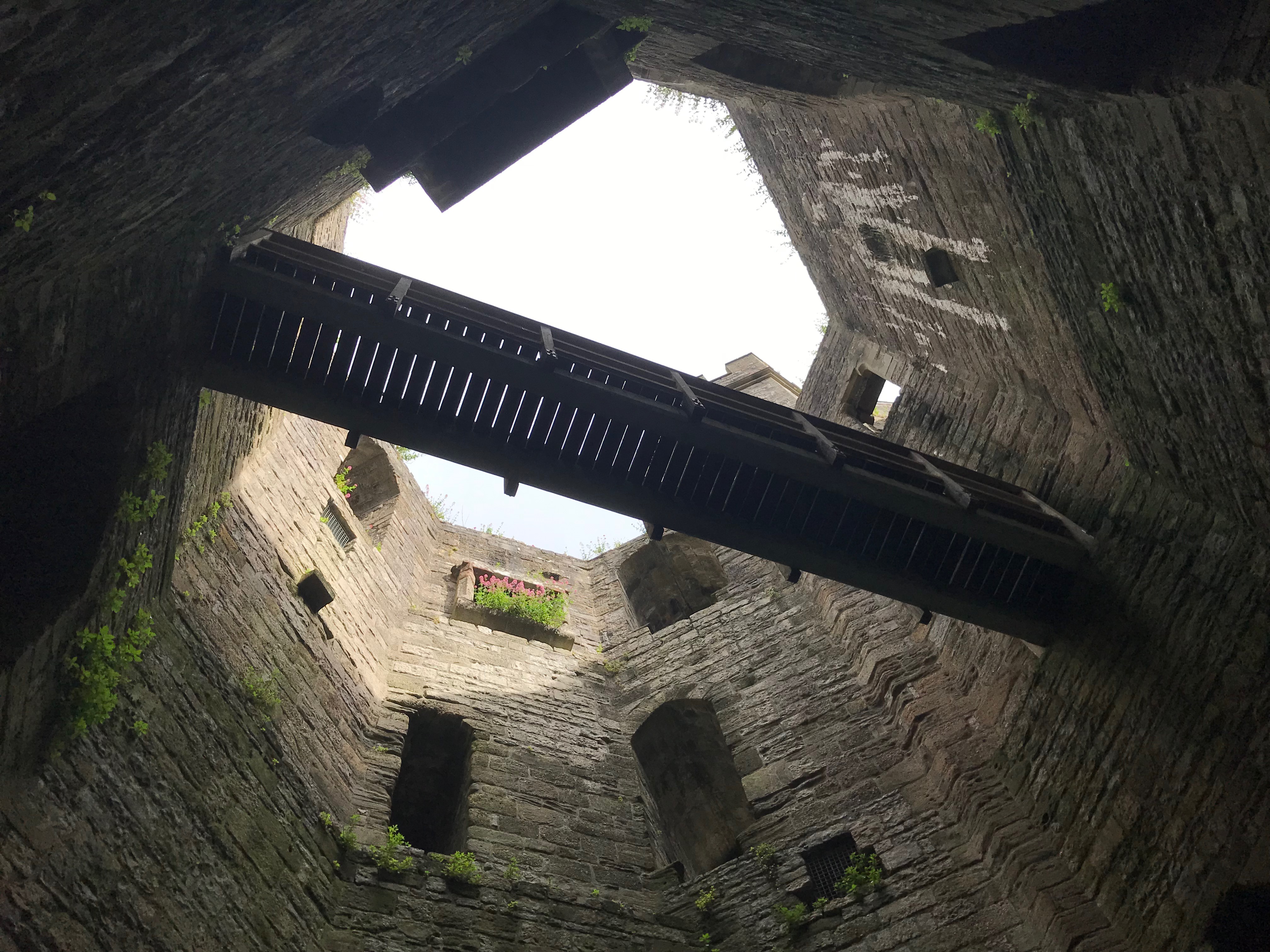Day 4 started at 3:30am in the morning because we were supposed to meet up with the rest of our party at 11am at Machu Picchu which was about 14km away. Most of the rest of the camp got up and set out around the same time for reasons that were less clear to me - maybe the general plan is to get to Machu Picchu before lunch and then spend the afternoon in the city.
Anyway, this meant the first hour of the walk was in the dark going down steep steps with head torches which, once the novelty had worn off, wasn't much fun. We were, presumably, missing some stunning views.
The first ruin of the day was Intipata. This involved a slight diversion off the Inca road itself. According to Wilbert no one had even known it was there until a forest fire about 25 years ago. It's a bit difficult to convey it in photographs, especially as we don't seem to have managed to take any which have any people in for a sense of scale. It was
huge, each individual terrace rising above our heads. As far as one can tell, it was a farm.
( Photos under the cut )We then went to
Wiñay Wayna which was very similar except that Wilbert insisted it was a laboratory not a farm. We had previously seen another Inca "Laboratory" at Moray but were somewhat confused by the distinction. Laboratories, we were told, were convex while farms were concave. The convex shape caused microclimates at each terrace and you could see different plants were grown on each terrace so it was obvious that the Inca's were experimenting. B. and I felt a frew crucial steps were missing here for something to be called an experiment, as opposed to growing things where they grow best. I was actually getting rather tired at this point so I just sat down and admired the view at Wiñay Wayna, while B. walked down to look at the buildings disturbing some Llamas who were grazing on the terraces.
( More Photos )Wiñay Wayna was right by a campsite of the same name. It was currently out of use following landslides but was, apparently, where people normally spent the final night on the trail. Having left us to explore Wiñay Wayna, Wilbert sat down and chatted to the various guides and porters working at the camp. When we got back he reported that several other parties had gone past, none going to look at the ruins... which again seemed rather odd. I guess for a lot of poeple the Inca Trail is about the walk and then Machu Picchu and not so much about the less well known ruins along the way.
Once past Wiñay Wayna, we left the controlled part of the Inca Trail. At that point I half expected to start seeing day trippers up from Machu Picchu but we never passed anyone going the other way. Wilbert said this was because day trippers were lazy (Wilbert considered many people lazy, including anyone who spoke Spanish in preference to Quechua) but I would have thought quite a lot of people would like to walk along a bit of an Inca road without necessarily doing so for four days and going over Dead Woman's Pass.
Anyway, we continued for another 5 or so km, mostly on the flat but rising slightly until we came to a set of steps that Wilbert cheerfully informed us were called the "Gringo Killer". He had my measure by now and offered to take my sticks while I clambered up.
( Evidence under the Cut )Then we turned a corner and came out at
Inti Punku, the Sun Gate, the ceremonial entrance to Machu Picchu. This is where you get your first glimpse of the city.
( Photos )I'll leave Machu Picchu to another post. We were half an hour "late", but Wilbert had a back-up plan which involved showing us around himself and we bumped into the rest of the party during the tour. I was a little frazzled when we got there - a combination I think of the early start, a fairly long walk and the fact my esim wasn't working so I was out of WhatsApp contact from our other guide and so couldn't coordinate meeting up (I eventually managed to contact him via B's phone). But once I'd sent the WhatsApp message and had something to eat, I cheered up enough to enjoy the city.
I felt even better after a bus ride down to
Aguas Calientes and a late lunch.
( Evidence of Lunch )